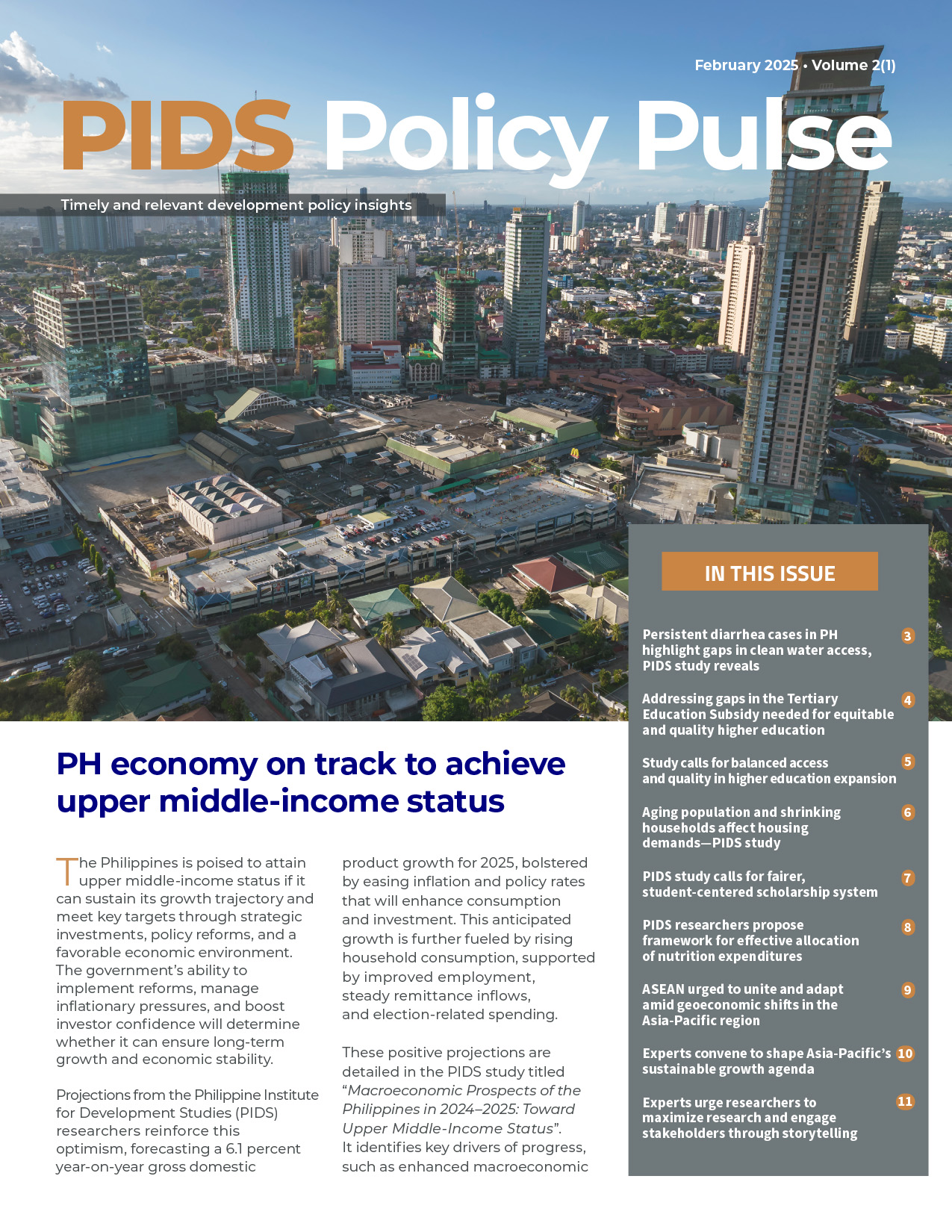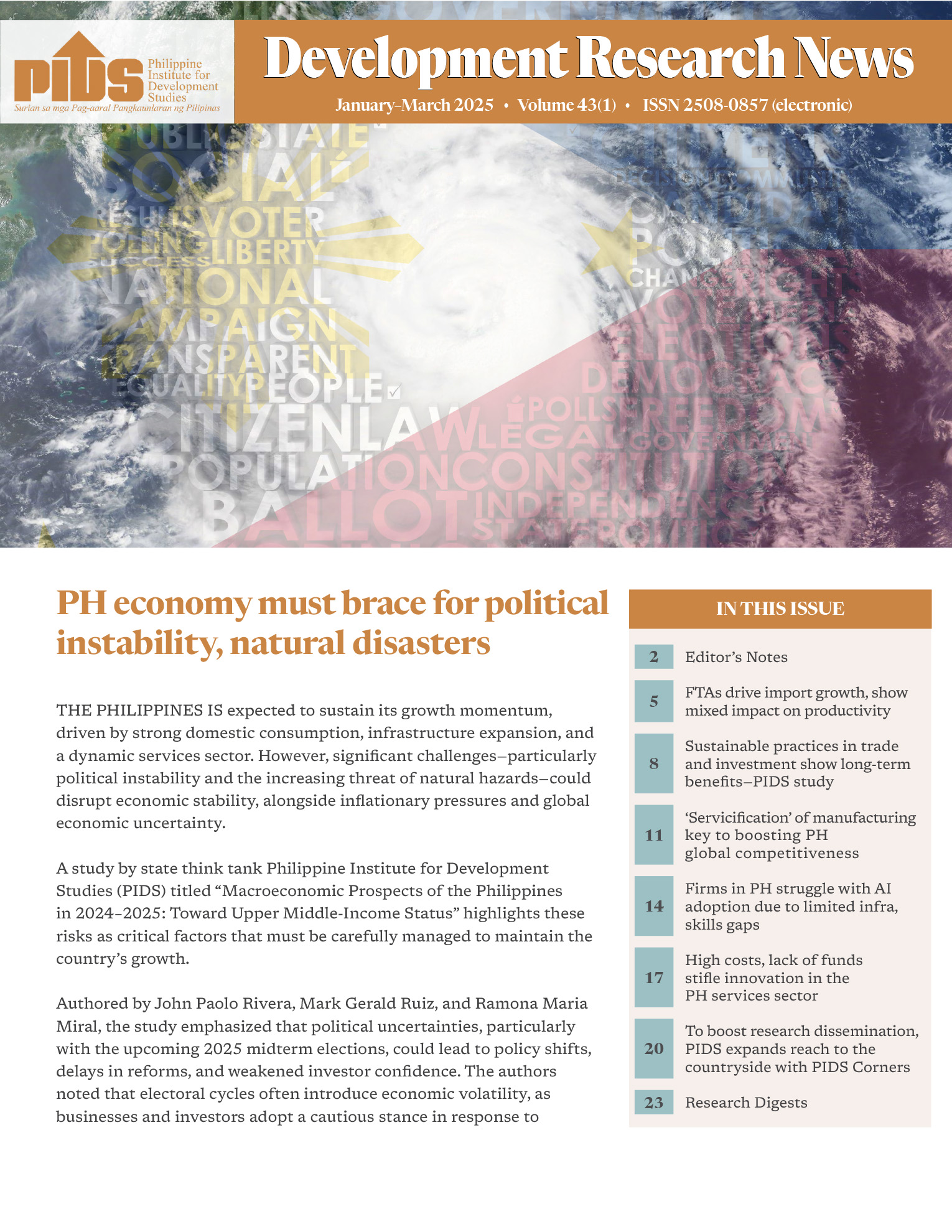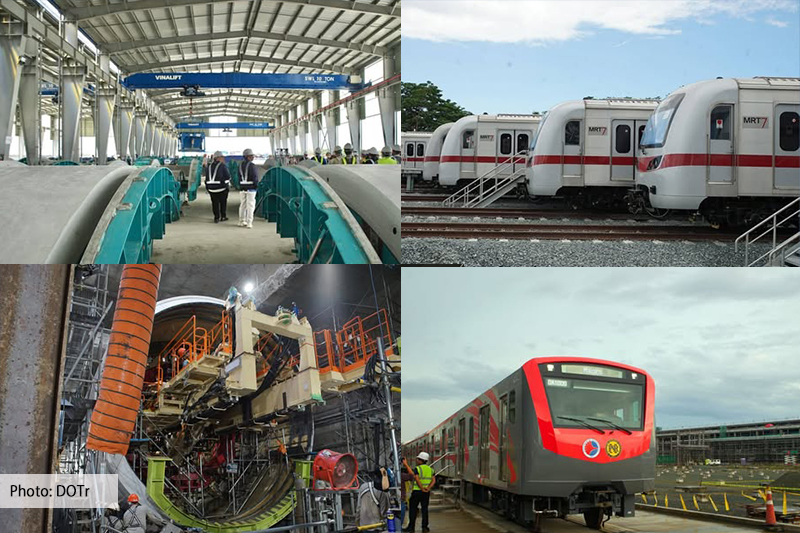“The weakness of the existing planning and programming system is that it is fragmented. It does not provide a coherent framework for identifying, coordinating, evaluating, and implementing public infrastructure projects. Instead it relies on multilayered, interagency bodies to set macroeconomic targets and to screen infrastructure projects. The weakness of the interagency framework is that the frequency of its meeting depends on the availability of its members to attend. However, the members of these committees are chosen based on their positions in government and not based on their ability to analyze and appraise projects.”
EPICTETUS PATALINGHUG Author of the study “Assessment of Planning and Programming for Capital Projects at the National and Agency Levels” published in December 2017 by the Philippine Institute for Development Studies
Each time we suffer from floods or traffic gridlock, among other ordeals, we pay the price for poor infrastructure planning or implementation.
There have been improvements in recent years, according to a study published in December 2017 by the Philippine Institute for Development Studies (PIDS), a government thinktank. But “public investment projects do not always meet the expectations of different stakeholders,” wrote the study’s author, Epictetus Patalinghug. Six agencies share the responsibility for government’s infrastructure program. Three agencies implement projects: the Department of Public Works and Highways, the Department of Transportation, and the Department of Agriculture. Three others oversee: the National Economic and Development Authority, the Department of Budget and Management, and the Department of Finance.
These agencies would be wise to learn how other countries have minimized delays, avoided cost overruns, ensured good quality and prepared for effects of government infrastructure projects, Patalinghug added.
EPICTETUS PATALINGHUG Author of the study “Assessment of Planning and Programming for Capital Projects at the National and Agency Levels” published in December 2017 by the Philippine Institute for Development Studies












